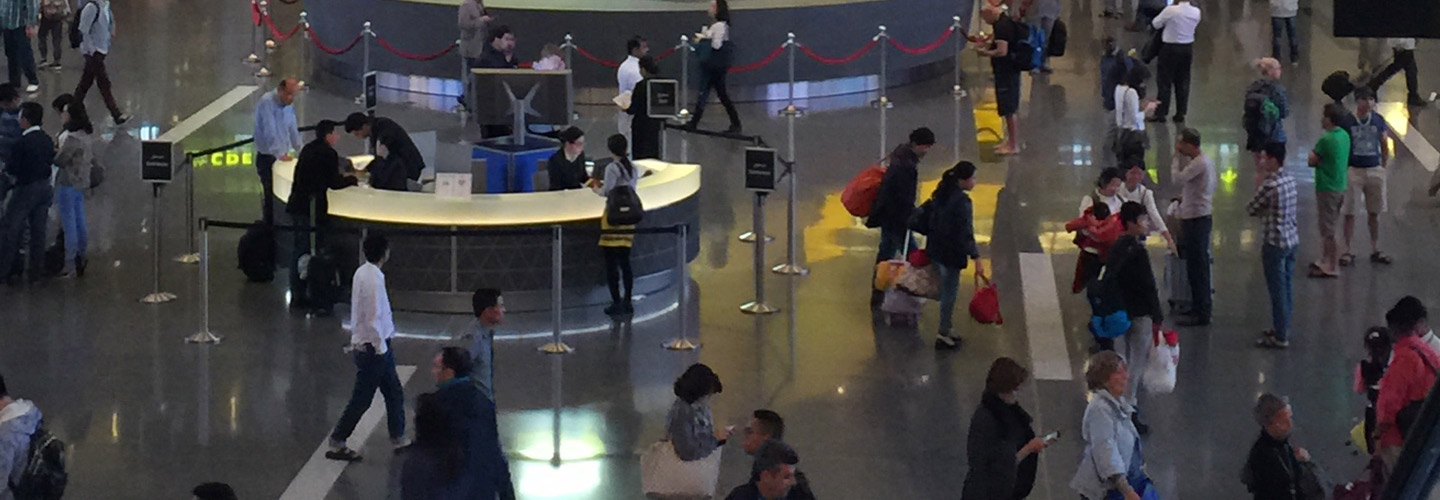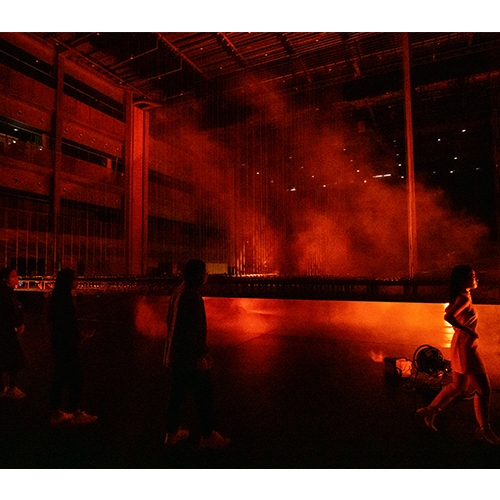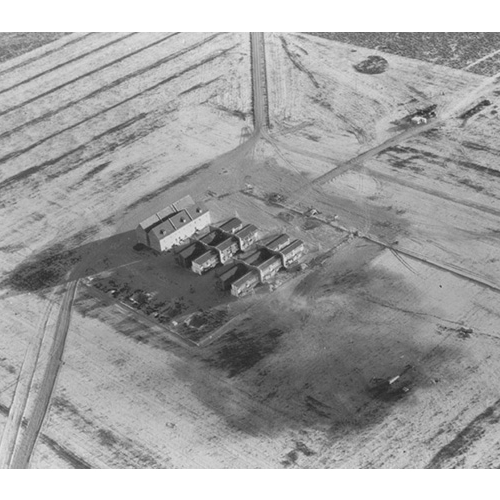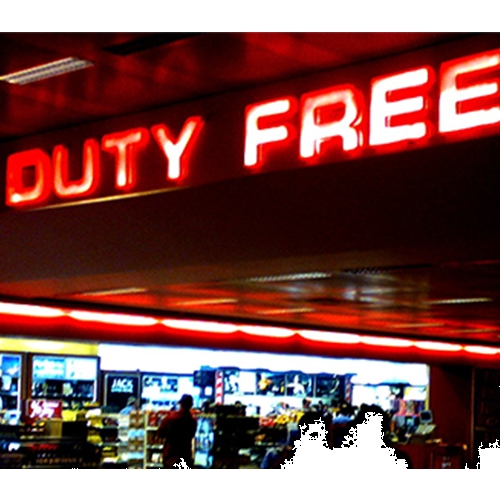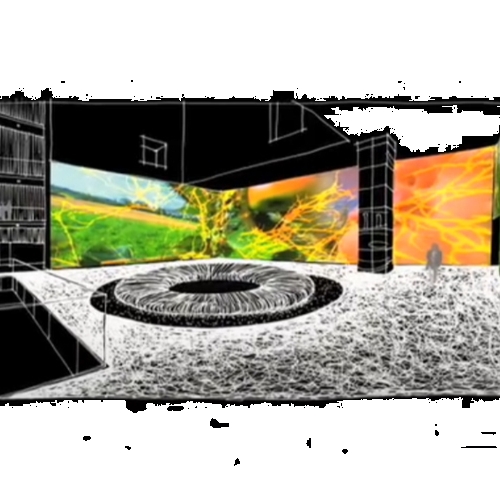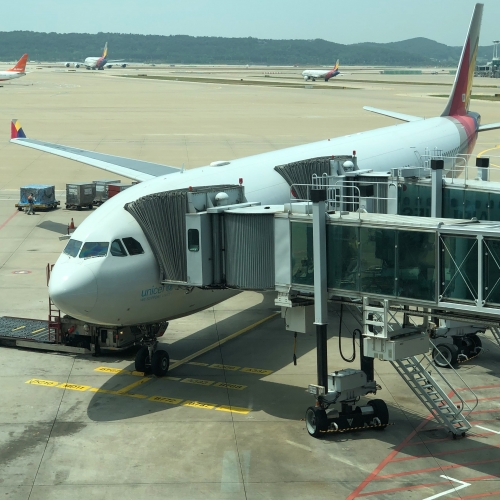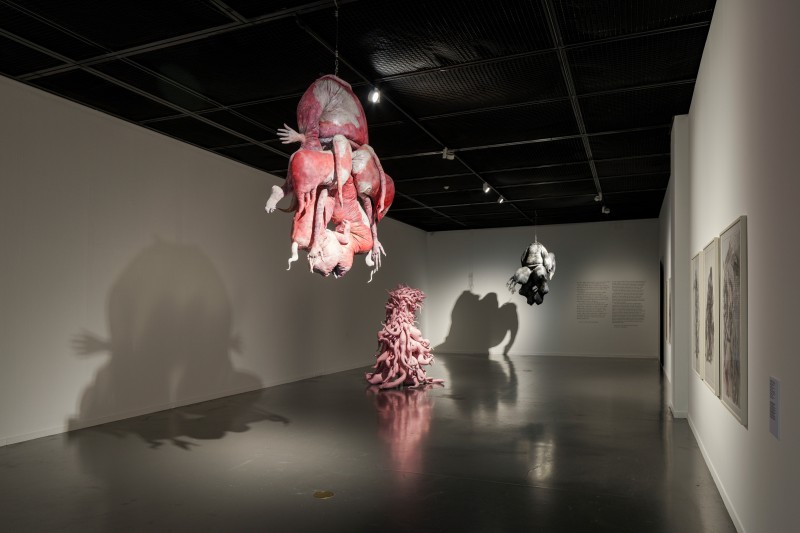1.
I went to Busan with a friend. "It takes only two and a half hours from Seoul to Busan by KTX these days." He was dumbfounded. “It only takes 40 minutes by aeroplane.” “By aeroplane?” “Yes. It’s even cheaper.”
I had never taken a domestic flight except when I travelled to Jeju Island, but my friend was familiar with domestic flights. Perhaps as he had lived in Europe for a long time, he differed from me in his approach. I don't fly unless I leave the continent. At his suggestion, I decided to take a flight this time from Kimpo Airport to Gimhae Airport.
To be honest, I was not happy about taking a flight because of the many procedures to be faced at the airport. Entry and exit procedures, security checks, and long queues…but my friend told me not to worry about domestic flights because they are simple. He said the check-in is self-service, and the gate procedure has also been simplified. The check-in was simple, indeed, but the problems came after that point. I had to register my biometric information for a quick check-in. I 1) scanned my identification, 2) photographed my face, and 3) scanned my palm for vein authentication. The palm vein scan didn't work at first, so I had to repeat it several times, and eventually, an airport staff member had to help me. Anyway, now that I have registered my biometric information let's head to the registered customer gate! My friend and I ran to a private entrance with a smaller line and scanned our tickets and palms. However, the gate didn’t open. The red X sign kept popping up as if there was a problem, and our hearts sank, made to feel as if we had committed a crime. Aren’t you in big trouble if you get caught at the airport? It turned out that the name on the plane ticket and on the ID card that registered the information was different. The staff explained that the name on the plane ticket was in English, but the identification card is in Korean. Eventually, we returned to the long queue and checked in the usual manner. Of course, there was a security check and a queue to board the flight...
2.
I am the kind of person who hates all airports and train stations. The philosopher Rosi Braidotti is the opposite.
I have a special affection for transit spaces related to travel: train stations, airport waiting area, trams, shuttle buses, check-in areas. In the middle region, where all the links are cut off, time extends to the continuous present. An oasis that doesn't belong anywhere, a space of separation. Land without owners.▼1
Some of my friends who like to travel or frequently travel also appreciate transit spaces. There is a strange romance to places like airports, train stations, and bus terminals. It is a place where people of various races and genders come and go; a space that exists for movement; a place for expectations and excitement, abandonment and discouragement, where countless emotions, bodies, and experiences intersect.
That said, I don’t like the transit space for the reasons I just listed, and I hate them so much that I don’t like travelling. My experience in an airport always makes me uncomfortable. Whenever I pass through the gate, they stare at my face, compare my appearance to that of the ID photo, take off my shoes, go through my bags, and squeeze my body into narrow spaces. All of the procedures at the airport urge me to identify who I am and where I stand. The airport is a space in which class is at its most overt. Class, which operates covertly or is of limited influence other places, reveals its bare face at airports. Of course, if you’re a first-class or white American, the problem is different. You can walk around the world like your front yard, and you can eat, pray, and love. (By the way, the best-selling Eat, Pray, and Love, published in 2007 and which has sold over 10 million copies so far, is not an essay about self-discovery, but a story about the power of mobility; ‘Rulers do not perceive that they are positioned within a particular world.’▼2
Even in the 21st century, when overseas travel became ever more popular, moving between countries is still a class issue. Only 5% of the world’s population flies, and most passengers are businessmen, bureaucrats and professors who travel abroad for business purposes. The airport is a space in which racism is blatant. If you are from a minority, the spaces of not only airports and aeroplanes but also train stations and trains can pose a threat. The Brazillian Jean Charles de Menezes was shot seven times and killed on the London Underground in July 2005. Menezes had just tried to ‘go’ to the next car.
The British geographer Tim Cresswell notes that ‘safety is connected to the discourse of profit and commercialisation only in a transit space. If you are considered a financially stable and reliable traveller, you will be subject to less surveillance. My conditions will determine what tests I need to take.▼3
3.
Do not cross the line! is a book about mobility control and identity around Amsterdam Schiphol Airport and Paris-Nord Station. According to Tim Cresswell, who analysed the Schiphol Airport, the airport is a hybrid space in which security surveillance and simulation codes are composed of personnel and physical structures. A traveller's journey to boarding, spending time at the airport after purchasing a ticket, is organized by a hybrid consisting of a combination of code (computer) and space (physics). […] We move simultaneously in real and computer-coded spaces processed by computers.▼4
The most representative example is the TSA (US Transportation Safety Administration) system that began as CAPPS and became Secure Flight. Passengers, the so-called PAX, are thoroughly modelled, tracked and managed.
“Hmm... Do you really hate flying to Busan so much?” A friend said.
“I didn’t mean it...” (Of course, I took the train on my next business trip to Busan.)
I'm curious about what will happen in the future. Air taxis will be commercialised in 2025. What will happen then? Is it possible to travel between countries by air taxi? Will transit spaces disappear if the existing structures and networks disappear or are simplified in the migration between countries? If the transit space disappears, does that mean that the perception of a border becomes thinner, that our perception of the nation-state also fades? Is this a good thing or a bad thing? Is the idea of a global network delusional in the COVID era? Spatial boundaries exist not only in physical reality, such as barriers, but also immaterially or ideologically: as class, nationality, race, gender, security, and history.
The Eurostar at Paris-Nord Station has a unique concept for train sterilisation. It is a system that manages all stations that the train departs and passes through in a sterile state because complete sterilisation is difficult just by controlling and searching for objects and people. Trains do not stop in non-sterile areas, and sterility is ensured while moving. In case of doubt, ‘a military dog team will be dispatched to sterilise the platform’.
Sterilisation is a metaphor, but it is significant these days in the coronavirus era. What bacteria means here is not simply a virus. Viruses need a host to transmit them, and this is primarily a human or body of another species.
-
1. Tim Cresswell and Mikael Lemarchand, Ne pas dépasser la ligne! (Don’t Cross the Line!), trans. Park Jaeyeon, Seoul: Long Playing, 2021, p. 61.
2. Didier Eribon, Returning to Reims, trans. Lee Sanggil, Seoul: Moonji Publishing, 2021, p. 112.
3. Tim Cresswell and Mikael Lemarchand, Op. cit., p. 190.
4. Ibid., p. 84.





